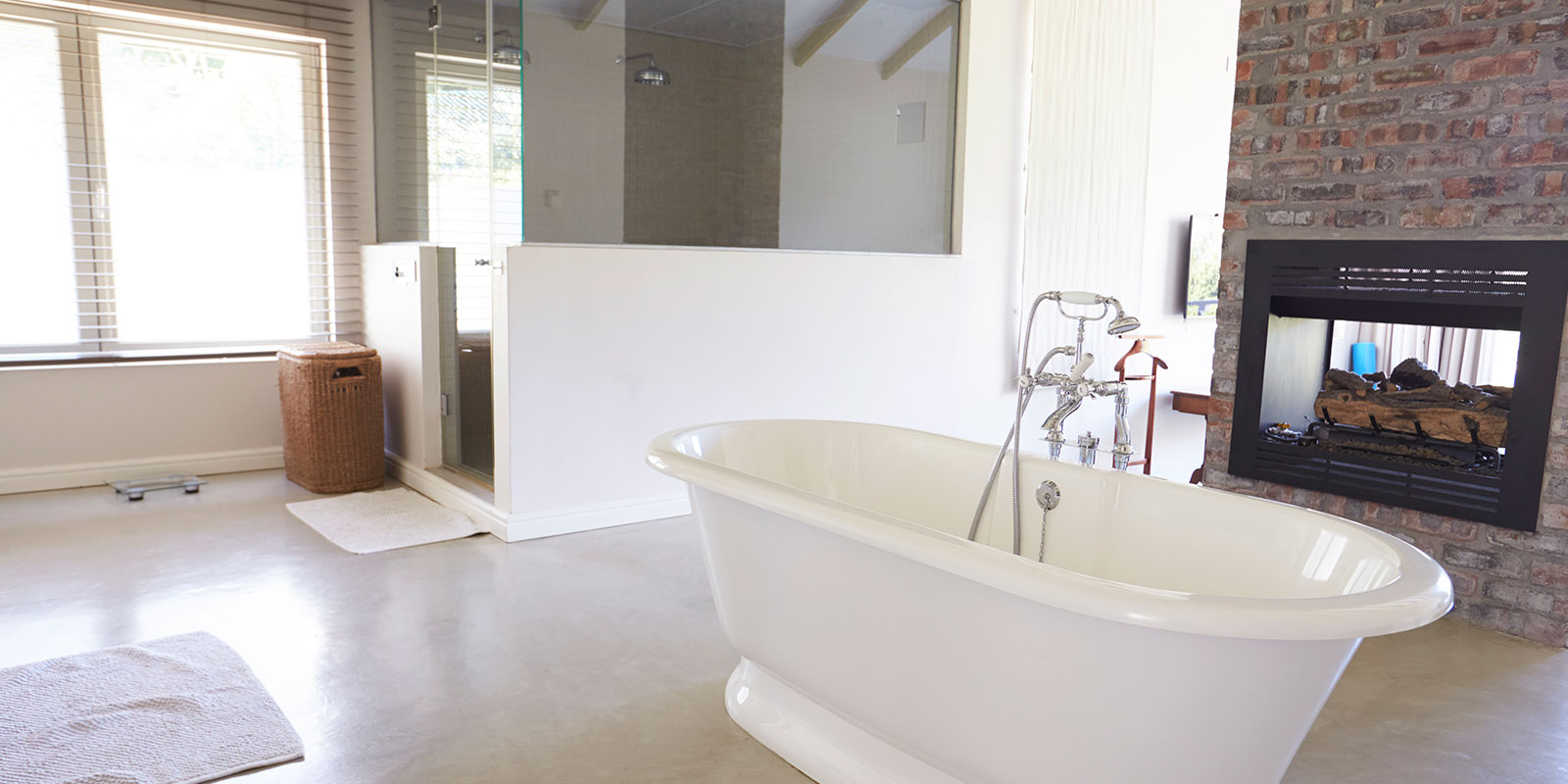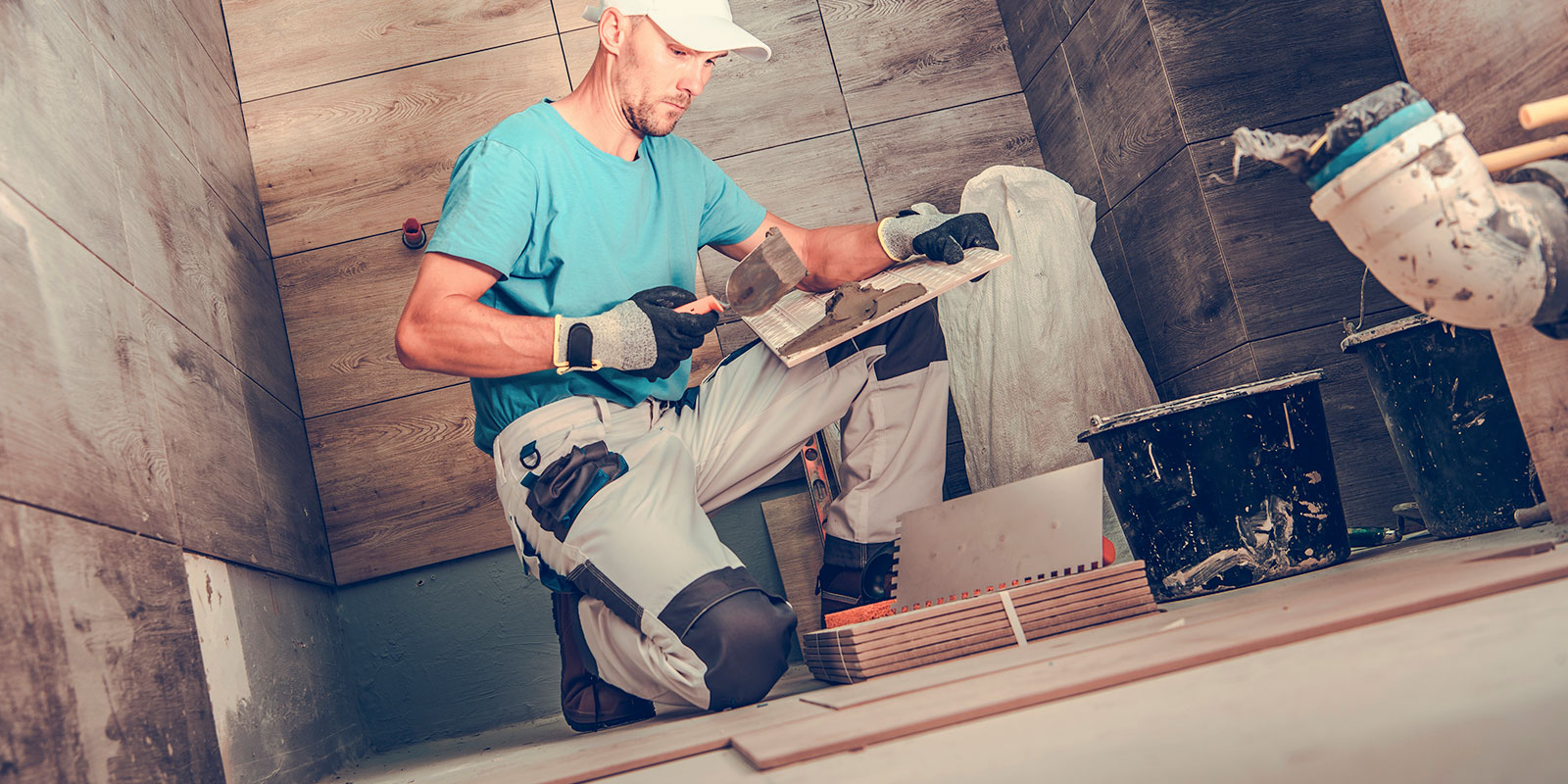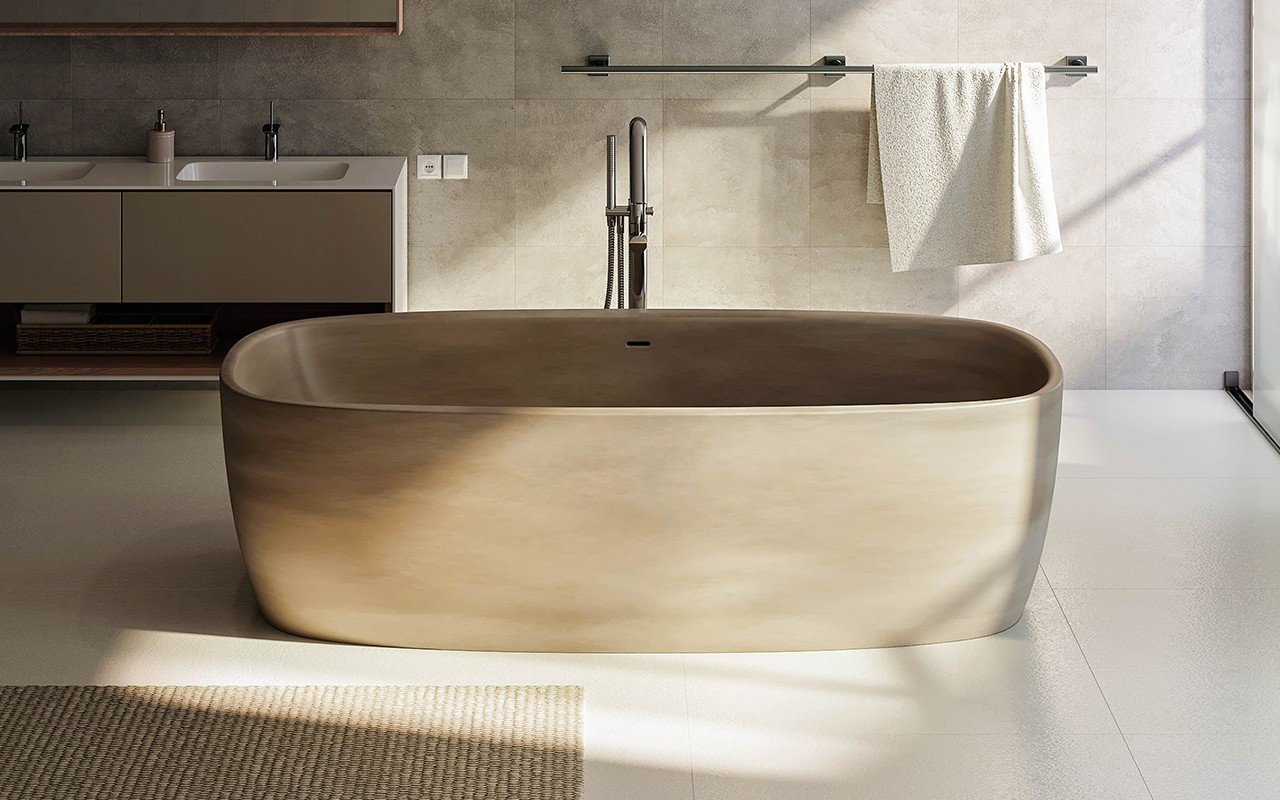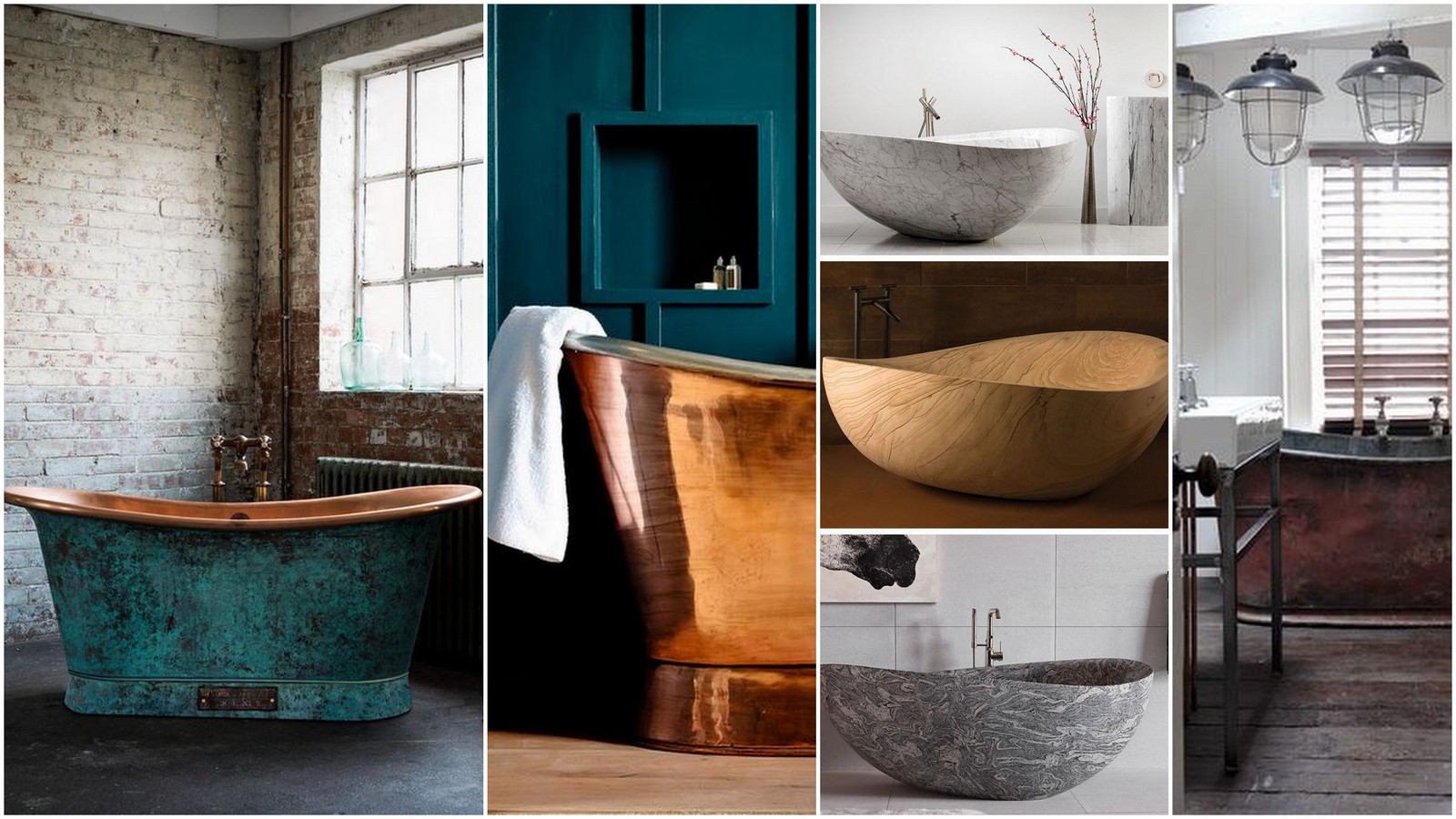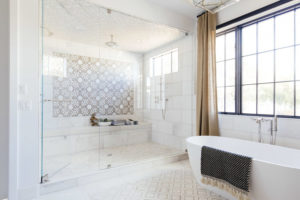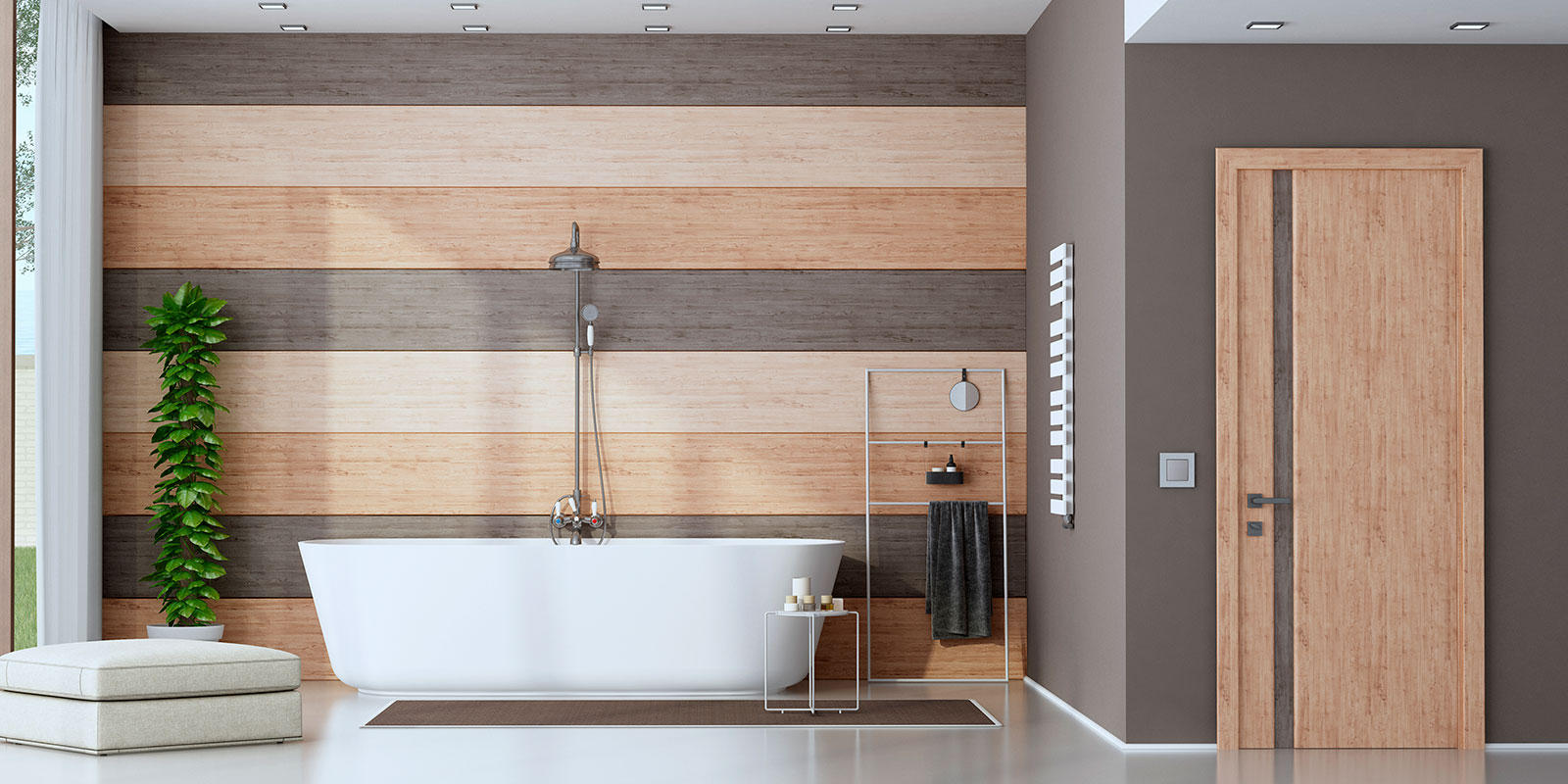
8 Factors To Consider When Buying A Bathtub
Buying a Bathtub? You Need To Consider These 8 Factors
When you look at your bathtub, or perhaps when you are using your bathtub is it clear you need a new bathtub? To help you figure out the particular features that will make a bathtub just right for your home, Southern Materials Company in Springfield, Missouri has created the 8 most important factors to consider when installing a new bathtub.
1. The Bath Experience
If you’re someone who values your long baths, then a top consideration should be the kind of experience you want to have while taking a bath. While the particular tub types described above can play a big role what a bathtub experience is like, particularly when it comes to features like air and water jets, there are some more basic considerations to keep in mind.
The shape and size of the tub will influence how well you fit in it and how comfortable it is for you. If your tub is too short for you, you won’t ever be able to fully recline. But if it’s too long, you may miss being able to rest your feet on the front of the tub.
How deep your tub is will affect how much water you’re able to fill it with – some customers appreciate being fully submerged to a degree only possible with a soaker tub. And how well insulated the walls of the tub are will determine how long your bath stays hot.
Different people will have different preferences when it comes to determining the best bath experience, so really consider what your own preferences are, as well as those of any partners or other family members who will be using the bath, in order to select the bath that will provide the ideal experience for you.
2. Shower Option
The type of bath you choose will also determine whether or not you can include a shower option. Some bathrooms are designed to keep the bath and shower separate, which can be useful for couples with different preferences. But combining bath and shower into one space will save bathroom space, while still giving you both options. Decide if it’s important to you to be able to include a shower that shares space with your bathtub.
3. Size
Size is one of the most important considerations you have to make in your search. If you’re putting a bathtub into an existing or already designed bathroom space, then you’ll have an easier time if you go with a bathtub that has the dimensions to fit in the spot available.
In a lot of cases, that will mean a standard bathtub, which have interior measurements of five feet long, thirty inches wide, and fourteen to sixteen inches high. But don’t assume a bathtub you’re replacing has standard measurements, take time to measure the space and determine the size of bathtub that can reasonably be installed there.
If you’re remodeling or building a new bathroom, then you have room to be picky on size. Whether you’re tall and like the idea of a bathtub that’s especially long, or trying to figure out how to fit a tub into a small space, you can find tubs to match your needs. Spend some time browsing to get a feel for your different size options and work with your contractor to determine what will make the most sense in the bathroom you’re designing.
4. Cost
A basic, standard tub that doesn’t include any special features and is made of acrylic or fiberglass starts at around $200. If your goal is to spend as little as possible, that’s your starting point for finding a bathtub.
If you like the idea of a whirlpool or air bathtub, then you’re looking at a low end of $700-$900, or closer to $1500 and up for a combination. Bathtubs that come in unusual shapes and sizes, whether for comfort or to fit in a different sort of bathroom configuration will regularly cost more than standard tubs, and those that come in especially high-quality or aesthetic materials like copper and stone can get pretty pricy as well.
The further you get away from the standard basics in features, style, and materials, the more you can expect to spend.
It’s important to keep in mind that the cost of the bathtub itself isn’t your final cost. Bathtub installation may be a bit too complicated for a DIY project, so unless you’re a professional yourself, you’ll need to hire one. Some types of bathtubs require a more complicated installation process than others, particularly drop-in and undermount tubs. And if you’re replacing a tub or doing a remodel, choosing a different spot in the bathroom or a different size and type of tub than you had before will increase your installation costs.
If you choose to go with a deeper tub than you had before, you may find you need to purchase a new water heater in order to be able to fill it, so be prepared for that extra cost as well. And any tubs with technology, like air tubs and whirlpools, will require a bit more ongoing maintenance and may require future repairs.
In short, working out the full cost of a tub is clearly complicated and it’s worth talking through everything required and involved with your contractor and before purchasing to fully know what you’re getting into.
5. Style
Bathtubs come in an array of colors and styles. While most are white and offer a fairly classic style, if you want to seek out a bathtub that provides a modern look or complements the colors of your bathroom more than the typical bathtub style would, you have options.
Most bathtubs that provide a more unique or unusual aesthetic will cost more than the more standard styles, but if you know you want a particular look, those costs may be worth it. Do some browsing to get a clear idea of what your visual options are in order to identify the bathtub style that’s just right for your bathroom.
6. Material
Most bathtubs you encounter are made in either acrylic or fiberglass (or fiberglass with an acrylic finish), because these are the most affordable options.
Acrylic is a popular choice because it’s durable, lightweight, and holds heat in well. Fiberglass is especially affordable and conveniently lightweight, but prone to scratching and doesn’t hold heat as well. These options are common and available in a lot of models, but aren’t the most sturdy and durable options around, and don’t really bring anything extra to the table aesthetically.
If you’re prepared to invest in something that’s more heavy duty or especially beautiful, then you have a few other material options to consider:
- Cast iron is sturdy, durable, and holds heat well, but it’s fairly pricy.
- Steel is a more affordable option that resembles cast iron and offers similar benefits, but chips more easily.
- Marble is beautiful and comes in an array of colors and patterns, but it’s expensive and requires more maintenance.
- Copper brings a unique aesthetic that many customers love, but it’s one of the most expensive options.
- Cast polymer can be made to look like stone, while being more affordable. It retains heat well and is relatively durable.
Some of these materials can give your tub a longer life and add a burst of style and beauty to your bathroom, but you should be careful to consider issues like maintenance and weight if you choose to go with one of these.
7. Weight
Many of the materials on the list in the section above are heavy. One thing you should look into for any bathtub you buy, but especially one made out of a heavy material like stone or metal, is how much it weighs. A heavy bathtub could require extra work in the installation process to make sure your floor can take the weight. Of course, that’s especially true for any bathtub that will be installed on a higher story floor, but it’s also true with bathtubs installed on ground floors.
If you’re leaning toward a bathtub that’s on the heavier side, talk to your contractor about what affect that will have on the installation process and overall cost before making your decision.
8. Features & Extras
- Tub Lighting — Underwater lighting, sometimes called chromatherapy, can add to your overall bath experience.
- Speakers — If you like to listen to music in the bath, having a tub that comes with speakers is a nice value add.
- Digital Controls — For tubs that have extra features like jets and lights, digital controls make controlling everything easier.
- ADA Compliance — ADA compliant tubs are designed with the needs of people with disabilities in mind. If anyone in your home has disabilities or mobility issues, or you’re forward thinking enough to want to be prepared for your senior years, look out for ADA compliant features.
- Warranty — Bathtub installation is a big job and hopefully dealing with it now means you won’t have to worry about it again for a long time. A good warranty can add confidence that will be the case.



